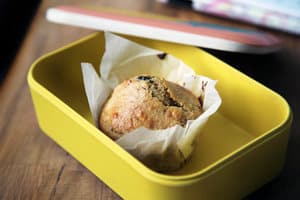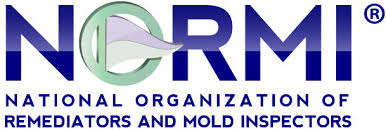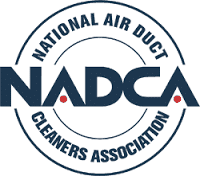Does My Lunchbox Have Mold?

If you have children or you have a lunchbox you probably pack your food into it every day without a second thought and you probably only really clean it when something spills or leaks. We here at Aspen are guilty of this very thing and it might be time we change that habit.
A 2016 study conducted by e-cloth found that 73% of fabric lunch boxes contain shocking amounts of bacteria, with the researchers warning that, if left uncleaned, could cause mold-associated health problems that we have come to know and, er, hate – namely things like respiratory issues, migraines and itchy eyes. They also found Staphylocci and Enterococci, both are typically found on toilets, these can lead to serious cases of food poisoning. E-cloth’s commercial director Laurence Smith said “The high volumes of non-food-borne bacteria suggests that we aren’t washing our hands before we pack or eat from our lunch boxes, It also shows that we aren’t cleaning them properly either, which is allowing mold to spore and bacteria to grow. They might look clean, with their shiny interior, and often, all we’ll do is shake out the crumbs, but there is an underworld of invisible germs growing that we all need to be aware of.” So, let’s talk about some ways to keep those lunchboxes clean!
Fabric
- Clean after every use. It may seem like a hassle but it’s the best way to keep bacteria and mold from thriving. Cleaning coach, Leslie Reichert, told TODAY Home to use soap and water with a microfiber towel.
- White wine vinegar – one of the best natural disinfectants out there.
- Bicarbonate of soda sprinkled into the lunchbox overnight works fantastically as a deodorizer.

DO NOT USE
- Baby wipes. Contrary to popular belief they are NOT designed to remove bacteria.
- Tea towels. They might make it look clean on the surface but all they’ve done is move the bacteria around.
- Washing machine – unless specifically stated on the care label.
- Chemical cleaning sprays – responsible for leaving a residue on the surface of the lunchbox and linked to respiratory conditions after regular exposure, according to a study.
Plastic
- Most hard-plastic lunchboxes are dishwasher safe but check the manufacturer’s cleaning instructions to make sure. Some prefer not to clean it this way regardless, as there’s a chance that the temperature won’t be high enough to kill the mold – meaning spores will then be deposited on your dishes and in the machine.
- Handwash – again, with soap and water.
- A bleach solution, made up with water, works wonders for when mold is present. Simply place the lunchbox in the solution so that it is completely submerged, sit for 15 minutes, remove and wash thoroughly with a non-ammonia detergent. Ventilate the area well and wear protective gear before doing this.
- White vinegar, as above, is a more natural alternative, as is a few drops of grapefruit seed extract, dropped on to a cotton wool ball, before being placed in the plastic lunchbox to keep mildew away. Many believe this is a far better solution – read why in our blog about bleach here.
- The sun – another excellent mold remover.
- A razor can scrape away a layer of mold if it’s sitting on the top surface of the plastic.
No matter what the lunchbox is made of, allow it to air dry for a few hours before putting it away, to prevent mold and mildew from reappearing.
Bon appetite!





